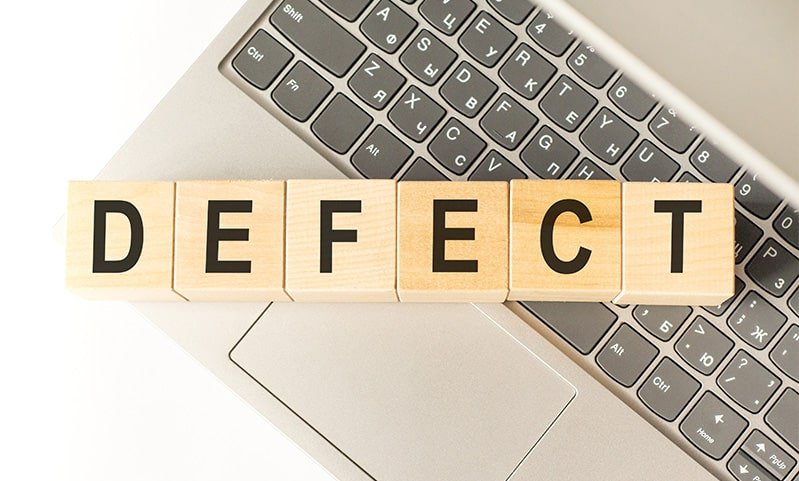Thanks to a new court ruling, Amazon cannot hide behind its legal status as a product matchmaker and avoid compensating victims of the dangerous products its partners sell.
In State Farm Fire & Cas. Co. v Amazon.com Servs., Inc., the plaintiff bought a wireless thermostat on amazon.com.
The thermostat, which was defective, sparked a massive house fire.
Amazon argued that it was not a “seller” in New York, so it was not subject to the strict liability law. Amazon merely provided the marketplace platform and logistical services, according to its lawyers.
The Court disagreed. “The product is virtually, and in cases such as a Fulfilment by Amazon transaction, physically on an Amazon shelf,” the judges concluded.
“Amazon seeks to have all the benefits of the traditional brick and mortar storefront without any of the responsibilities,” they added.
FOSTA Parallels
For many decades, marketplace providers like Amazon claimed they were essentially flea market owners.
They simply provided people a platform. Therefore, they were not responsible for anything bad that happened to consumers.
The 2018 Fight Online Sex Trafficking Act effectively ended this defense.
FOSTA held third party providers, like Backpage and Craigslist, responsible for user-provided content related to online sex trafficking.
The State Farm decision basically extended this doctrine to commercial sales.
Because of FOSTA, entities like Craigslist are now “publishers” for sex trafficking purposes. And, because of State Farm, entities like Amazon are now “sellers” for defective products purposes.
However, unlike FOSTA, the State Farm decision, and related law, also give entities like Amazon a way out.
Examples include legal shields like indemnification or insurance agreements. It might be only a matter of time before courts at least dilute FOSTA.
But the State Farm decision might stand the test of time.
Types of Defective Products
Both Amazon and its fulfillment partners are in business to make money.
In most cases, social justice, safety, and all other concerns are a distant second to profits. So, many companies take shortcuts to reduce their costs and increase their profits.
There are two common shortcuts, and dangerous hip implants illustrate both of them.
Design Defect
The hip is basically a cup-and-socket joint.
That construction makes the joint very flexible. For many years, artificial hips had a plastic cup and a metal socket.
As a result, the implants did not last too long. The plastic wore out.
Manufacturers touted MoM (metal-on-metal) hip implants as a significant improvement.
The all-metal parts were much more durable, according to Zimmer and other manufacturers. Furthermore, manufacturers insisted that the more durable design was also safer.
As it turns out, they were right about the durability, but wrong about the health effects.
With every step, metal grinds against metal, releasing microscopic metal flakes into the bloodstream.
Over time, these flakes build up, causing metallosis (metal poisoning).
Metallosis often affects vital organs. These effects often include hip implant displacement.
So, many victims have damaged hearts, lungs, or livers and/or they need painful and expensive revision surgery to remove the defective device.
Manufacturing Defect
Many advanced MoM hip implants do not have the same metallosis problem. But there is another problem which often causes serious injury.
Metal parts which do not degrade over time are very expensive. It’s much cheaper to use parts from China and other places which have weak or nonexistent consumer protection laws.
These parts often have high levels of heavy metals.
These substances often cause more serious injuries than the metallosis issues they were supposed to prevent.
To obtain compensation for a defective product injury, victim/plaintiffs must prove the item was defective and that defect caused their injuries. More on that below.
A few products and activities are inherently dangerous, according to the law in New York and elsewhere.
Examples include firearms and hazardous waste disposal.
These items and activities are impossible to make safe. Therefore, the law holds these companies to an even higher standard. These injured victims must only prove causation.
There’s no need to establish a product defect.
Damages in a dangerous product claim usually include compensation for economic losses, such as medical bills, and noneconomic losses, such as pain and suffering.
Moreover, if there is clear and convincing evidence that the defendant ignored a known risk, additional punitive damages are available.
Punitive damages are normally quite high.
These high damages are the only way to convince companies to change the way they do business.
Otherwise, they will continue to put profits before people, and more victims will get hurt.
Dangerous product victims in the Empire State now have additional legal options.
For a free consultation with an experienced personal injury attorney in New York, contact Napoli Shkolnik PLLC. We do not charge upfront legal fees.
